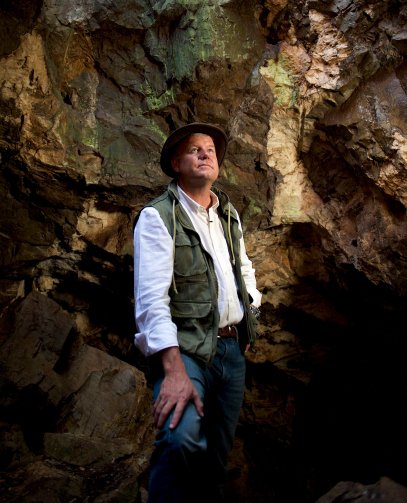
Fossil hunter
One way scientists know they’ve had an impact is if they’ve gotten their peers talking. A better way is getting them arguing. By that measure and others, Lee Berger, a paleoanthropologist at the University of Witwatersrand in South Africa, has had a huge year. Berger rocked the fossil world with the news that he had found a new type of prehuman that lived perhaps 2.5 million years ago. The species, dubbed Homo naledi, may not have qualified as a missing link, but it was certainly a strange new one. Just as important was the state of the fossils—1,500 bones representing 15 individuals, one of the biggest collections of all time. They were found in a deep chamber, which, according to Berger, suggests that the species buried their dead, a trait associated only with Homo sapiens. Other researchers have questioned both the age of the fossils and the burial theory. What no one doubts is the enormity of the find and that there’s a lot to learn from whatever species left it behind.
Kluger is a TIME editor covering science and space